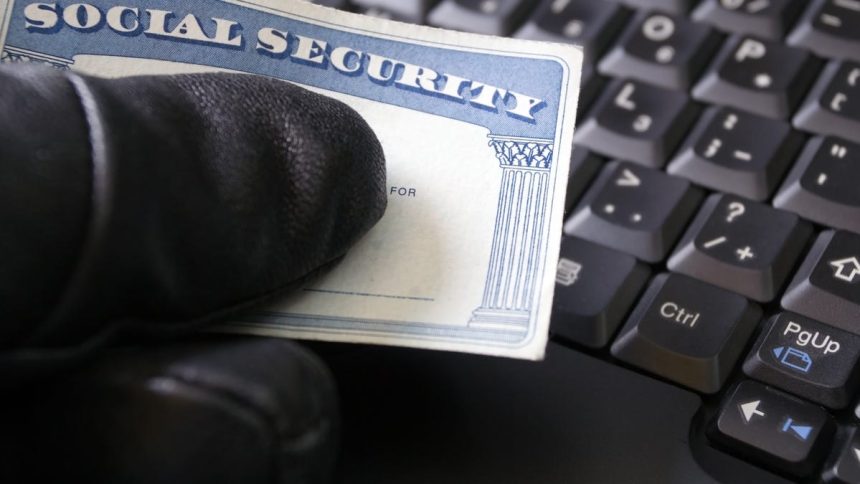Protecting Your Social Security Number After a Major Data Breach
In light of the recent alarming breach that compromised 2.9 billion personal records, it’s crucial to understand how to safeguard your Social Security number. Here are proactive measures you can undertake to enhance your security.
Steps to Secure Your SSN
- Monitor Your Accounts: Regularly review bank statements and credit reports for unusual activities. Consider enrolling in identity theft protection services, which offer continuous monitoring and alerts for any suspicious transactions.
- Use Strong Passwords: Ensure that your online accounts utilize complex passwords consisting of letters, numbers, and special characters. Tools like password managers can assist in keeping track of different passwords securely.
- Place a Fraud Alert: Contact one of the three major credit bureaus—Experian, TransUnion, or Equifax—to place a fraud alert on your credit report. This action will require lenders to take extra steps before issuing new credit in your name.
- Consider Credit Freezes: A more robust option is placing a freeze on your credit report, preventing creditors from accessing it altogether until you lift the freeze personally.
- Educate Yourself About Phishing Scams: Stay informed about common phishing tactics used by scammers attempting to steal personal information via email or fraudulent websites disguised as legitimate sources.
Conclusion
If you’ve been affected by the recent data breach that has brought so many personal records into jeopardy, taking these preventative actions can significantly reduce the risk of identity theft related to your Social Security number. Staying vigilant is key in today’s digital landscape where data breaches are becoming increasingly frequent.
For more comprehensive guidelines on safeguarding sensitive information following this incident, consider visiting trusted financial advisories or monitoring services like CNET.






